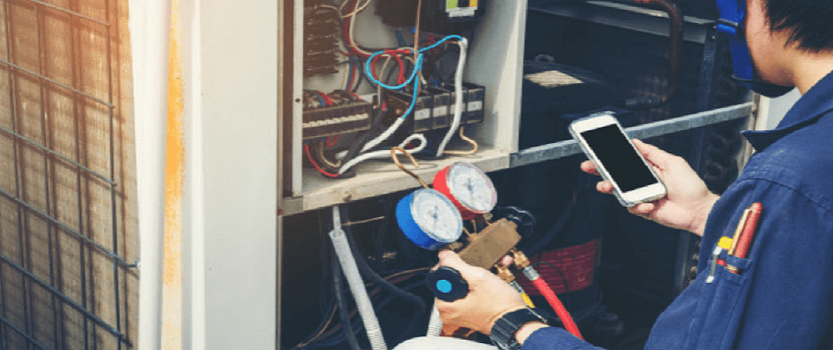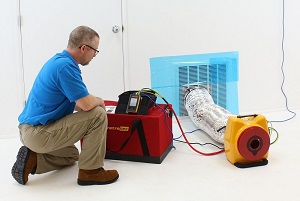Duct Leakage testing has turned into a necessity in numerous locales and provinces all through Colorado. The motivation behind channel spillage testing is to assess how well a home’s pipe framework can hold air. The thought behind it is that the more air that holes out of the channel framework, the more potential energy misfortune can happen.
Along these lines, a strain test is performed on the channel framework itself to decide whether the conduit framework is satisfying the guidelines of the present building regulations.
The prerequisites were set up by the 2015 IECC energy codes. The code is expressed as follows:
How a Duct Leakage Test Works
To start with, you want to decide whether a conduit spillage test is required. The possibly time channel testing is required is when portions of the central air framework are beyond the adapted envelope. This incorporates regions like unconditioned upper rooms, carports, and unfinished plumbing spaces.
In the event that any stock or return conduit pursues, adaptable lines or air overseer units are here, by IECC 2015 code, a channel spillage test is required. On the off chance that an unfinished plumbing space is molded, no test is required.
A channel spillage test (conduit testing) can be performed at harsh in prior to drywalling, or post-development. In the two cases, the prerequisites are something very similar. The framework should accomplish a spillage pace of under 4 CFM (cubic feet each moment) per 100 square feet of the home. Here is a model:
40 CFM traveling through the channels when put under tension.
1000 sqft house.
38CFM/1000sqft = 0.38 x 100 sqft = 3.8 CFM
This is normally alluded to as a 4% spillage rate.
Duct Testing Process
Testing the conduits requires fixing every one of the openings of a pipe framework. This incorporates all stock and bring registers back. We do this by utilizing huge central air tape to cover and seal the openings. This cycle can require some investment as we attempt to make the most ideal seal. Our fan is then fixed to the air controller or an enormous bring opening back.
The fan is rushed to decompress the conduit framework to – 25 pascals. How much air traveling through our fan is then estimated. The number produced under 25 pascals of strain is known as CFM@25. This CFM number is the number utilized in the estimation.




